All products featured are independently chosen by us. However, SoundGuys may receive a commission on orders placed through its retail links. See our ethics statement.
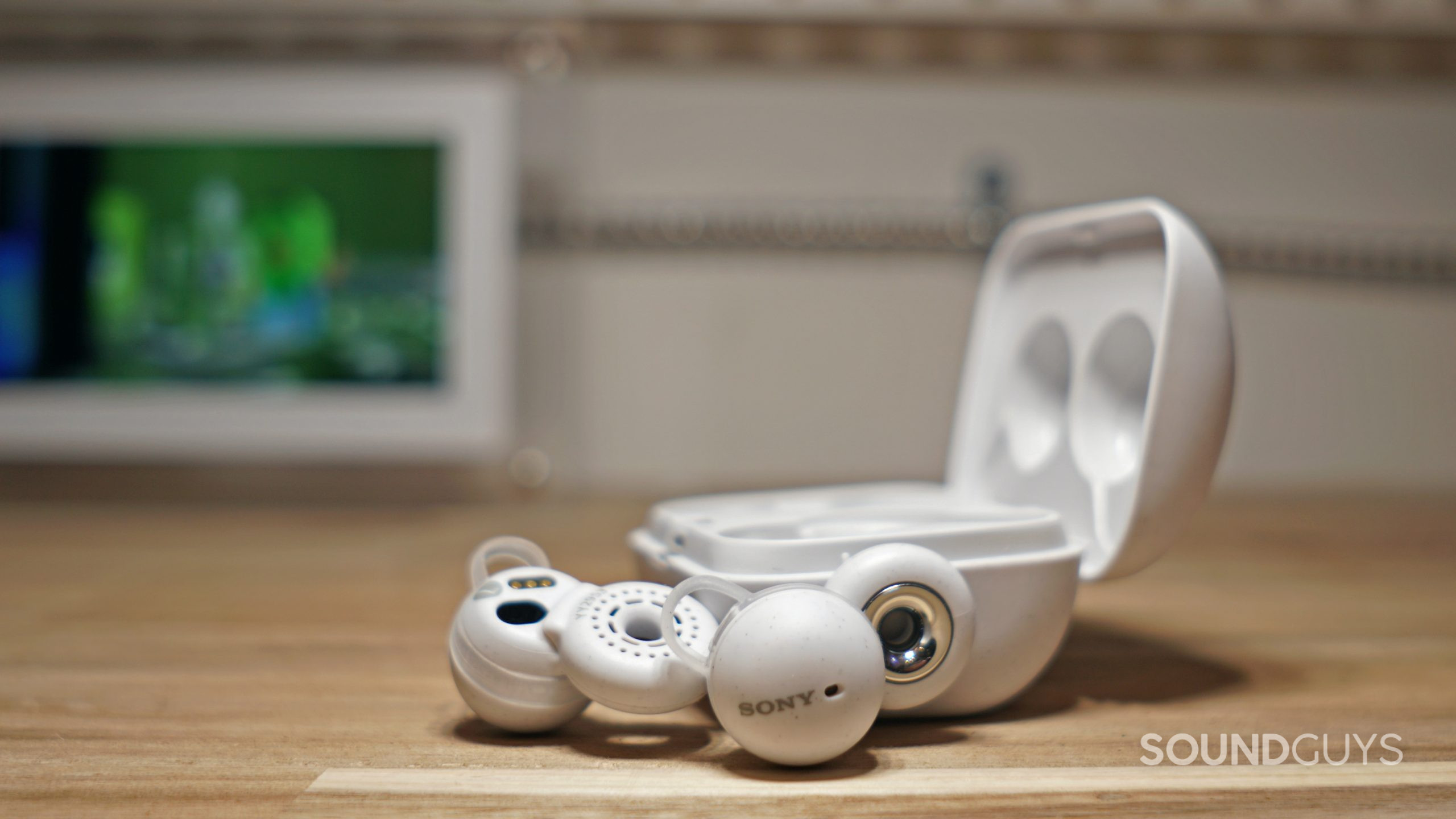
Sony LinkBuds WF-L900 review
September 6, 2023
Sony LinkBuds
It’s hard to decide what the most surprising thing about the Sony LinkBuds is. Is it the donut-shaped design? Maybe it’s the fact that Sony is finally releasing something with a name that doesn’t read like an auto-generated password, or even just that yet another company is angling for the unsealed earbud market. Regardless, this is definitely the most unique audio product to come out so far in 2022.
Does uniqueness mean greatness?
Editor’s note: this Sony LinkBuds WF-L900 review was updated on September 6, 2023, to update verbiage and clarify a few points.
Anyone who really doesn’t want to miss anything going on around them, but can’t be bothered to take their earbuds out will find this interesting. The LinkBuds might also appeal to you if you hate the feeling of a sealed ear and don’t mind missing out on bass.
What’s it like to use Sony LinkBuds?
It’s surprising how normal it feels using the Sony LinkBuds, given how strange it looks compared to other true wireless earbuds. This is a pretty different approach to options like the Sony WF-1000XM4 that seal the ear canal using foam or silicone ear tips, or the Apple AirPods, which doesn’t seal, but still features a hard tip to jam in your ear. These true wireless earbuds feature ring-shaped tips, meant to nestle gently into the curves of your ear, and while it can take a little trial and error, the result is pretty comfortable.
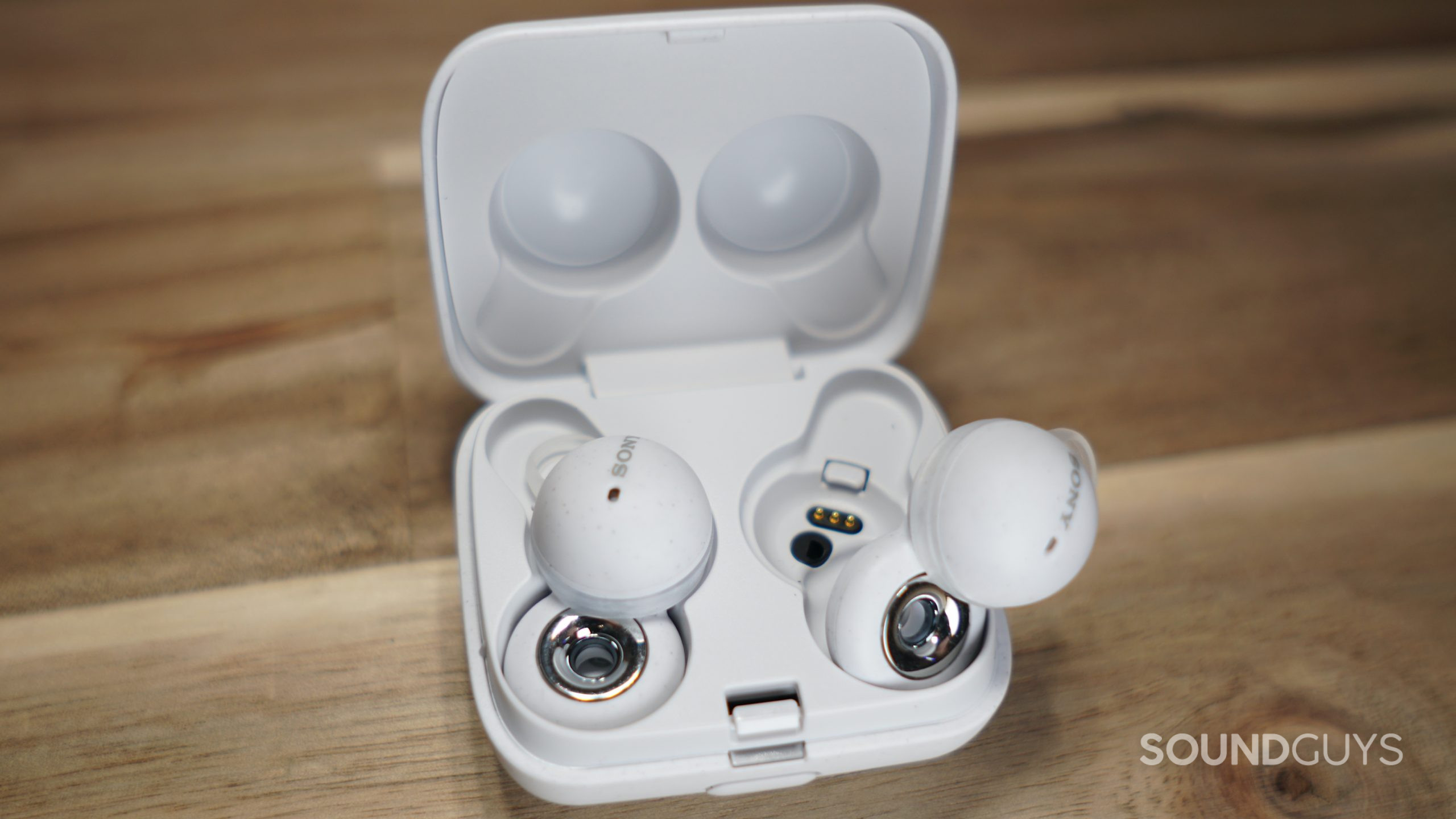
The Sony LinkBuds are an all-plastic affair, which keeps things very lightweight — each earbud weighs only 4g. The ringed ear tips are permanent, which might seem like an issue, but these earbuds aren’t meant to get jammed into your ear canal. Rather, they’re supposed to rest in the folds of your ear, and to facilitate that Sony includes five different sizes of detachable silicone ear fins (extra small, small, medium, large, and extra large).
How to wear the Sony LinkBuds
It’s really important to find the right size fin. Too small, and the earbud will be loose enough to fall out. A fin that’s too large will actually push the earbuds into the wrong angle, which will either make them fall out, or make audio come through less clearly. Basically, you want a secure fit, where the back of the earbud sits right up against the side of your ear, leaving the donut part ever so slightly angled away from your ear canal. Definitely don’t try to jam it in.
How do you control the Sony LinkBuds?

Actually using the Sony LinkBuds is pretty standard for a pair of true wireless earbuds. The earbuds feature touch-sensitive sides. By default, tapping twice will pause or play your media, and tapping three times will skip forward a track — without the Sony Headphones Connect app, that’s all you can do. However, while the controls are limited, using them can feel nice — if you’ve ever tapped a true wireless earbud with silicone ear tips and found the accompanying suction effect uncomfortable, know there’s none of that here, and tapping the earbuds won’t dislodge anything either.
What is Sony Wide Area Tap?
The LinkBuds also supports a new control method Sony calls Wide Area Tap, which is turned on by default. This is basically the same control method as regular on-ear tap control, but you tap the space just in front of your ear. Yes, you can skip songs by lightly slapping your own face, if you so choose. Wide Area Tap works pretty reliably, though I find it can dislodge the earbuds from your ear considerably more often than just tapping on the earbud.
In case it’s not obvious, it’s worth noting that this control method also looks rather absurd. If you’re the kind to get self-conscious in public, Wide Area Tap may not be your favorite thing in the world.
Should you download Sony Headphones Connect app?
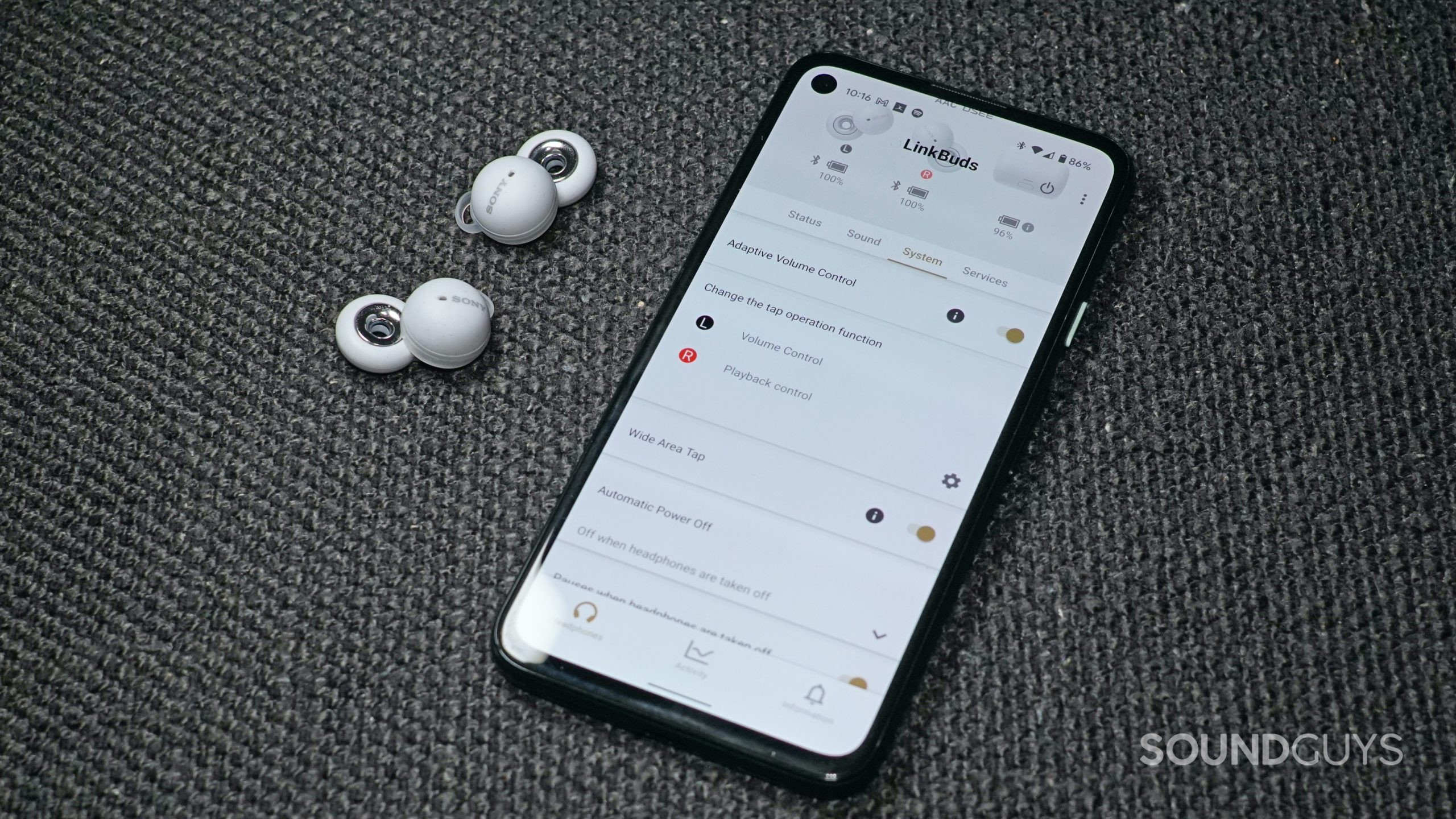
You should definitely install Sony Headphones Connect if you want to get the most — or even what some might consider the least — out of using the Sony LinkBuds. The experience of using Sony Headphones Connect here is the same as with products like the Sony WH-1000XM4 or WF-1000XM4. It brings access to an EQ and firmware updates, as well as the Sony 360 Reality Audio feature, which works well, but only a few streaming services support it.
Sony Headphones Connect also brings a modicum of customization to the on-ear controls. Everything is still governed by either two or three taps, but you can set each earbud to an individual control profile, gaining control over volume, the ability to actually go back a song, voice assistant activation, and Spotify access. On top of the control options, you can toggle more particular features like adaptive volume control and wide area tap using the app. The app also lets you turn on Sony’s DSEE feature, which some feel improves the sound quality of highly compressed audio files.
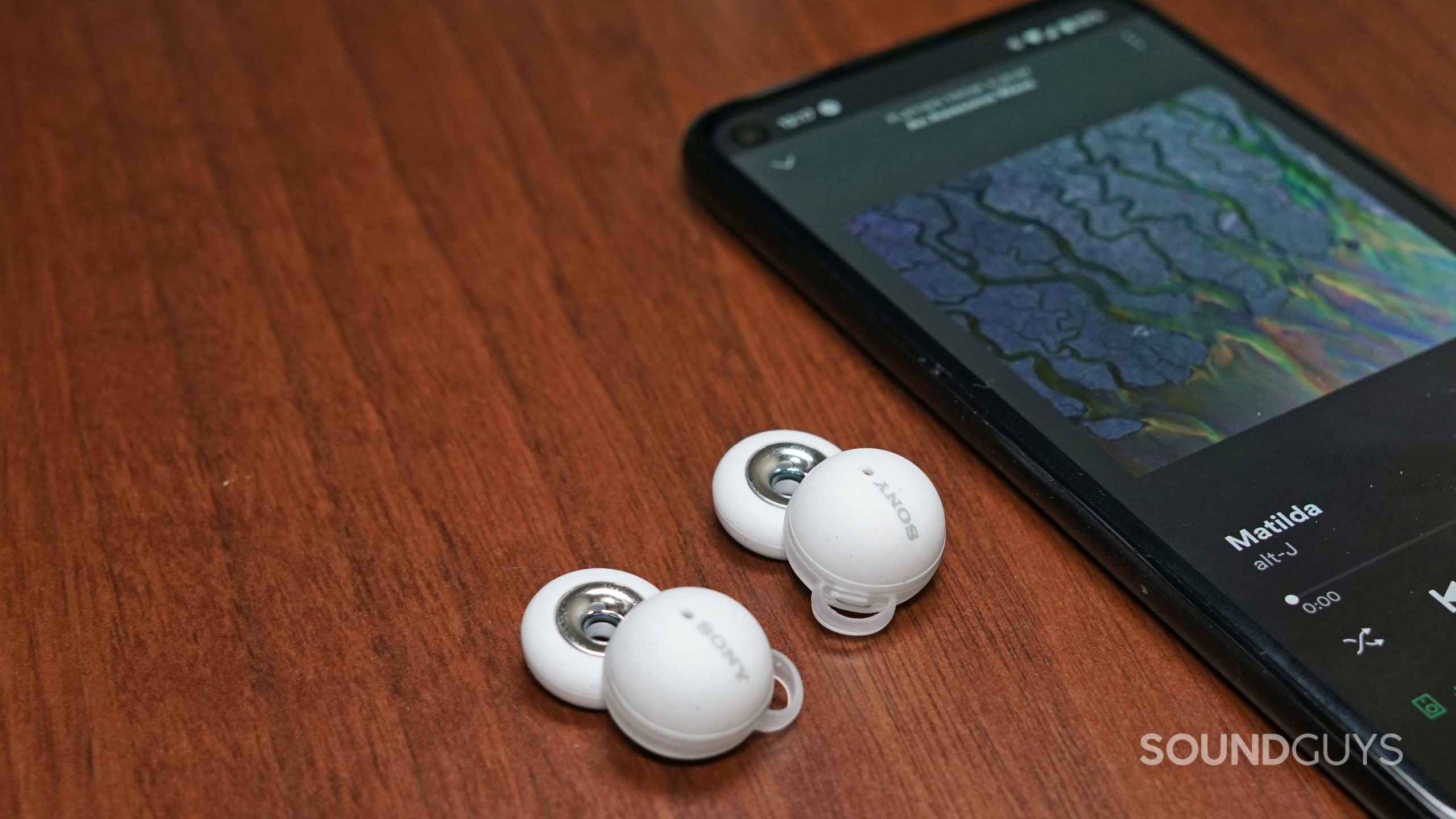
The adaptive volume control option changes the earbuds’ volume, based on how much sound the microphones pick up. It works, but it’s frankly pretty disorienting, something we experienced with the Google Pixel Buds A-Series too. There’s no option to customize sensitivity (it’s just on or off), so even if you’re in a quiet environment, the LinkBuds constantly adjusts playback volume. Basically, if my options are this or lightly slapping myself in the face to raise or lower the volume, I’m picking the slap — especially given that the already unimpressive battery performance (more on that in a bit) takes a hit with the feature turned on.
What Bluetooth codecs does Sony LinkBuds support?
The Sony LinkBuds connects to your device of choice using Bluetooth 5.2 and supports the AAC codec, as well as the default SBC. There’s no reliable high-quality Bluetooth codec for Android users, though connecting over SBC is plenty stable. There’s no Bluetooth multipoint here, but you can at least listen in mono with the right earbud.
How long does the battery last on the Sony LinkBuds?
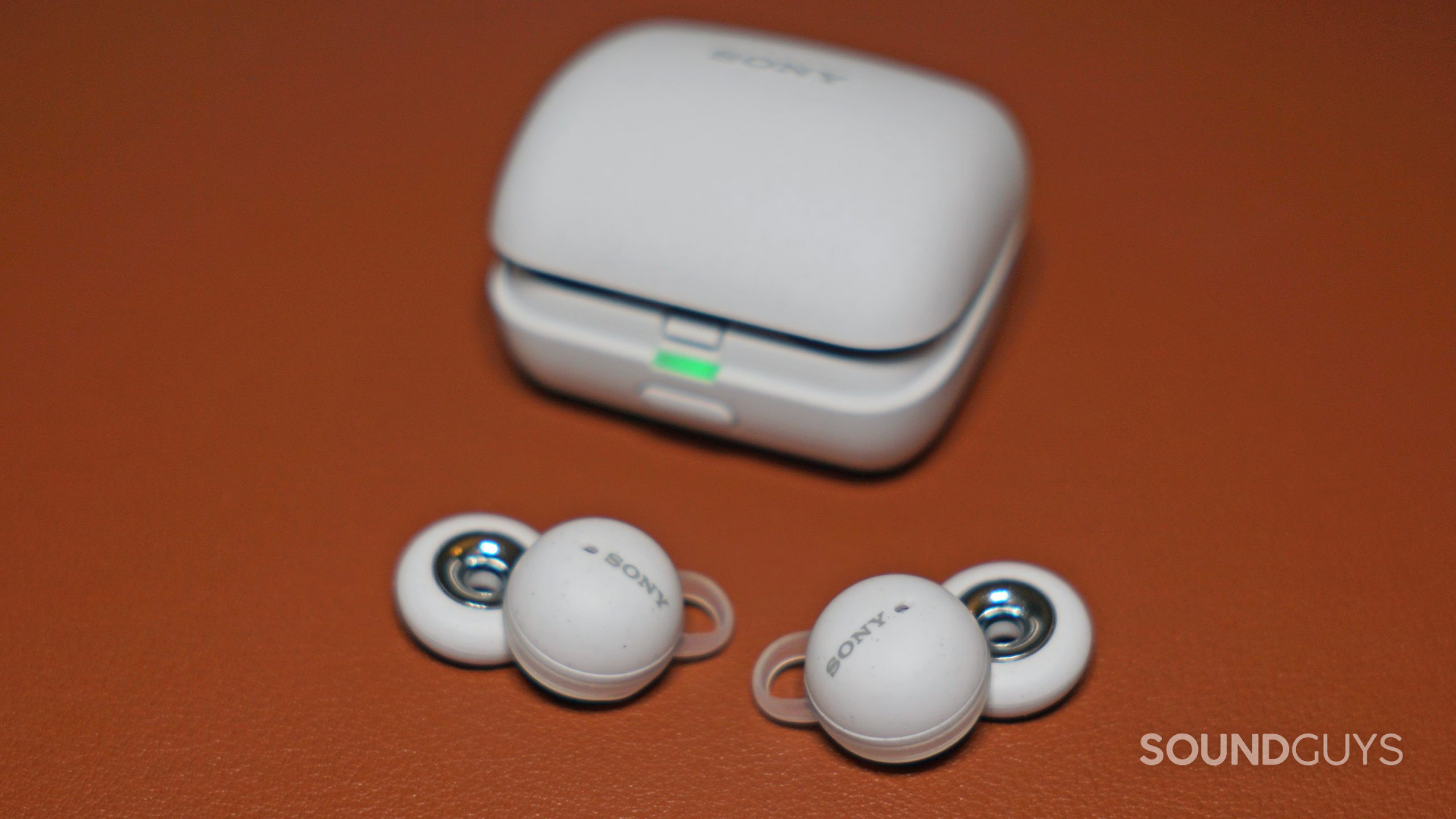
At a consistent output peaking at 75dB(SPL), the Sony LinkBuds lasted 5 hours and 41 minutes on a single charge, which is standard for a pair of truly wireless earbuds. According to Sony, the charging case offers another 12 hours of listening time on top of that. The charging case doesn’t support wireless charging, but the case supports fast charging via USB-C. Plugging in for 10 minutes will net you 90 minutes of listening time.
How is the Sony LinkBuds isolation performance?
The Sony LinkBuds brings next to no isolation value, which makes a lot of sense. There’s a hole in each earbud, after all. Sony isn’t trying to add newfangled noise canceling to an unoccluded earbud like the with the Samsung Galaxy Buds Live — instead, it’s focusing on the upsides of being able to hear your surroundings. This is a device designed for the teen that walks around with one AirPod in or the person walking alone at night that wants to keep their wits about them.
Runners may also find a lot to love with the absence of isolation, especially given its IPX4 rating. Whether it’s secure enough to handle the constant head bobbing of going for a jog will come down your individual ear shape — it certainly isn’t secure enough for me to do it.
Loading chart ...
Isolation performance like this means that auditory masking is a constant reality when you’re using the LinkBuds in an uncontrolled environment. If a car drives while you’re walking down the sidewalk, or an announcement blares while you’re at the grocery store, you are definitely going to lose out on what little low-end sound you’d otherwise be hearing.
Also, we say it in a lot of our reviews and features, and it bears repeating here: isolation this poor will almost certainly prompt you to crank the volume too high sometimes. Doing this puts you at a greater risk of noise-induced hearing loss, which is bad, to put it briefly.
How does the Sony LinkBuds sound?
Loading chart ...
The Sony LinkBuds (cyan) has a sound profile that deviates pretty dramatically from our in-house target (pink). However, while the chart above looks rather dire — sound under around 150Hz is basically absent — you may find that the listening experience isn’t quite so bad. The significant under-emphasis in the bass range is definite and noticeable, but indoors it can still sound alright. Outside, all bets are off.
Lows, mids, and highs
At home, or in an otherwise quiet environment, the bass riff introducing the AFI classic Miss Murder initially comes through loud and clear. As the rest of the instruments build it gets considerably harder to hear, but it doesn’t drop out entirely, which you might expect from a frequency response chart like the one above.
Music with less of a bassy sound to it, like Shakedown Street by the Unknown Mortal Orchestra, comes through very nicely. Guitar strumming and hi-hat hits sound clear, and the higher-pitched vocals don’t get overshadowed by any of the instruments. Even the bass guitar part, which primarily uses relatively high notes, sounds very nice.
Again, all this is based on listening in an indoor setting without a ton of external noise. If you’re in a cafe with music and people, nothing you listen to will sound all that great. Similarly, it doesn’t take a semitruck driving by for you to lose a lot of the detail in your music when walking down the street.
Can you use the Sony LinkBuds for phone calls?
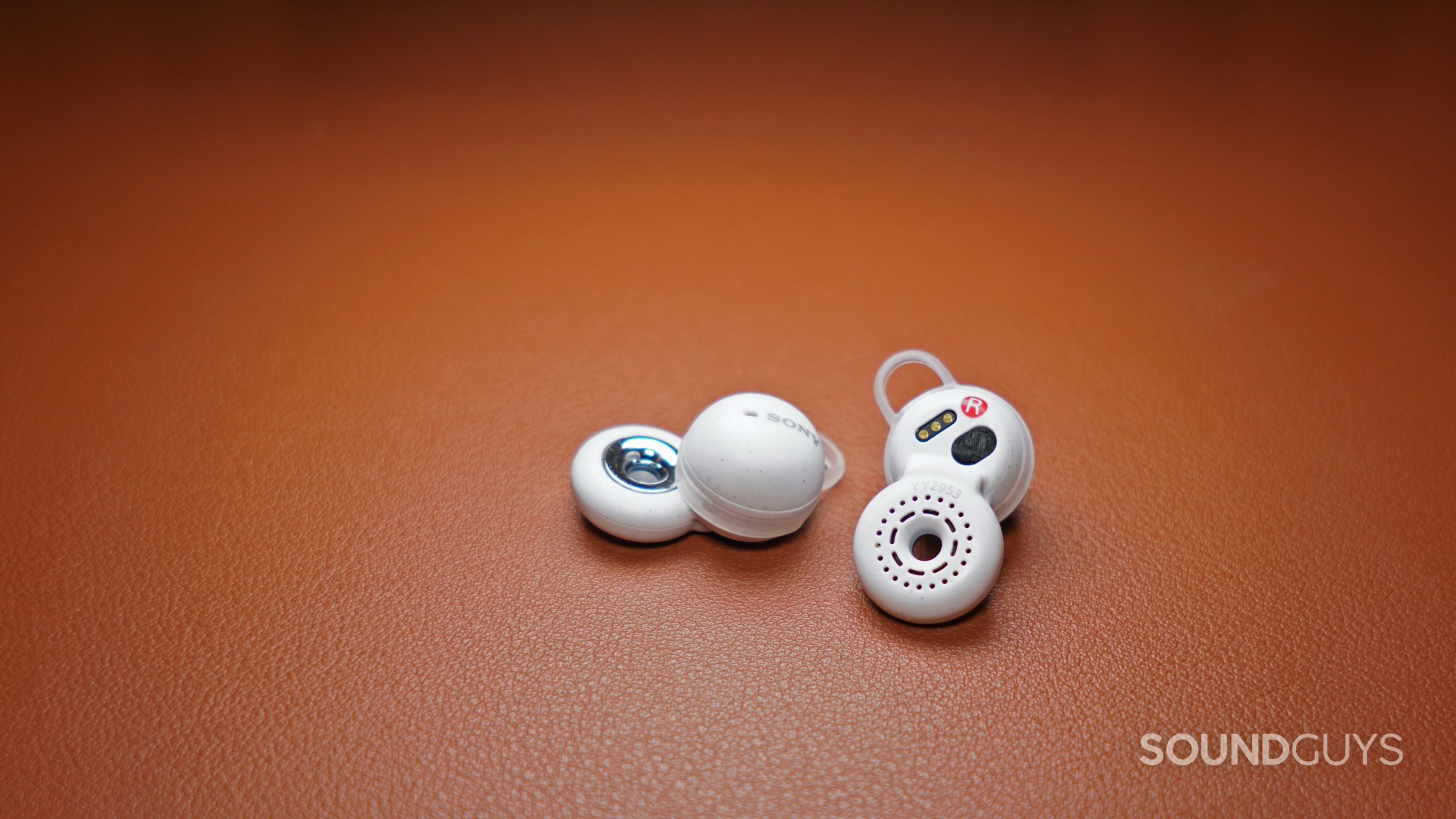
The Sony LinkBuds microphone sounds better than most embedded true wireless earbud microphones. It’s hardly recording quality, and it struggles a little with rejecting external noise, but this is definitely good enough for long and short phones calls and whatever Zoom meetings you find yourself subjected to.
Sony LinkBuds microphone demo (Ideal):
Sony LinkBuds microphone demo (Office):
How does the microphone sound to you?
Should you buy the Sony LinkBuds?
If you feel you absolutely need a pair of true wireless earbuds that lets you keep tabs on your surroundings to the utmost degree at all times, you should consider the Sony LinkBuds. If you don’t feel as strongly about that, it’s probably worth looking elsewhere.
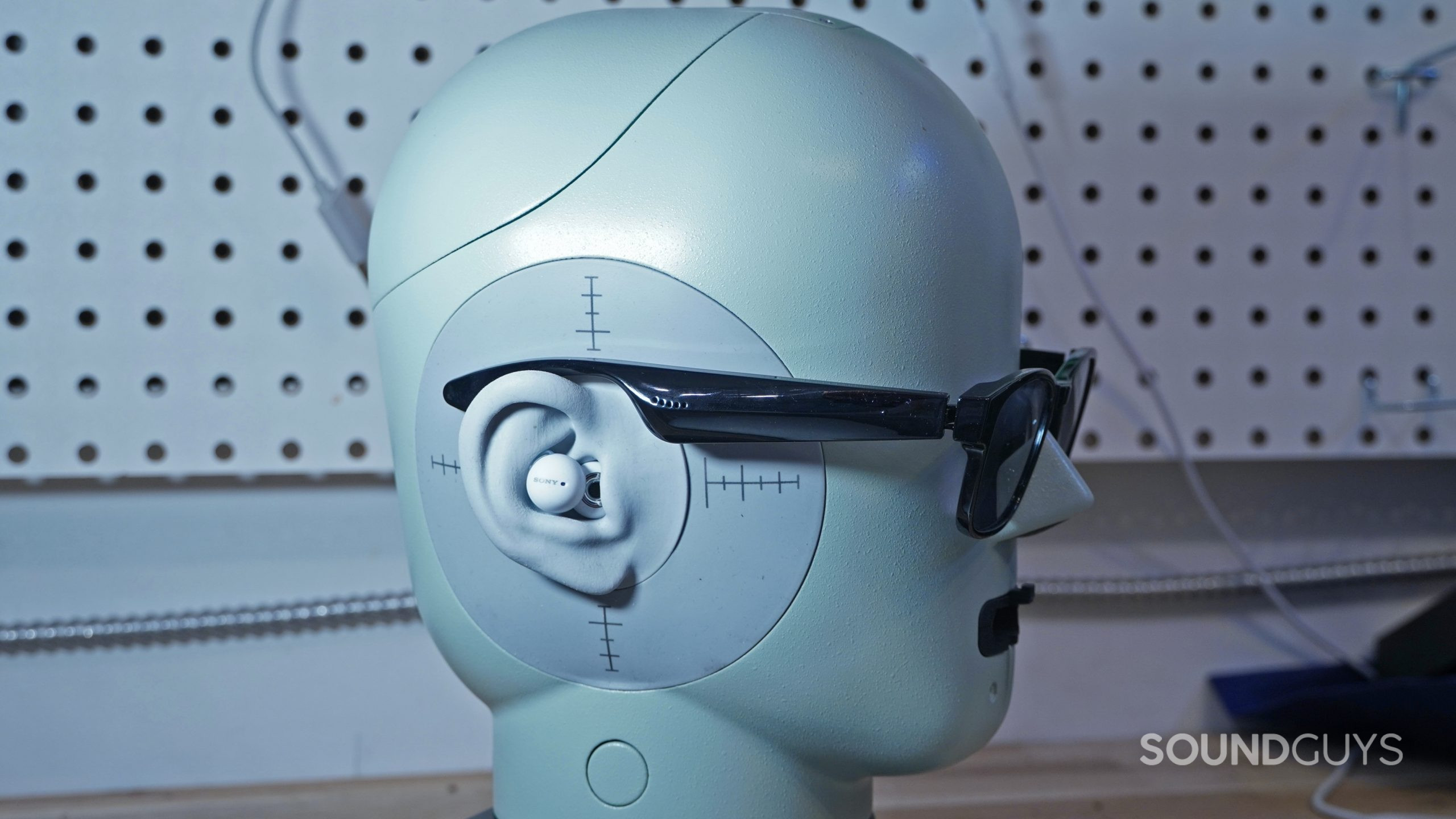
The Sony LinkBuds could have been a trainwreck of a product, but it isn’t. These earbuds are actually very comfortable, and if you get the right ear fin, very secure. The sound quality is tricky — bass doesn’t sound great, but it’s okay in the right environment, and it feels a little odd to ding too much, because it sounds exactly like it’s supposed to. This is a specialized product, and if it fits your needs, it could be really nice. However, most specialized audio products — whether we’re talking about workout earbuds or gaming headsets — are much more broadly useable than the Sony LinkBuds.
Basically, don’t get this is you want a regular pair of earbuds and you might like to hear your surroundings sometimes. There are plenty of true wireless products with transparency modes for that, and they’re all going to sound better than this. Get this if staying aware of what’s going on around you is your number one priority — if it’s not the most important thing, this probably isn’t the product for you.
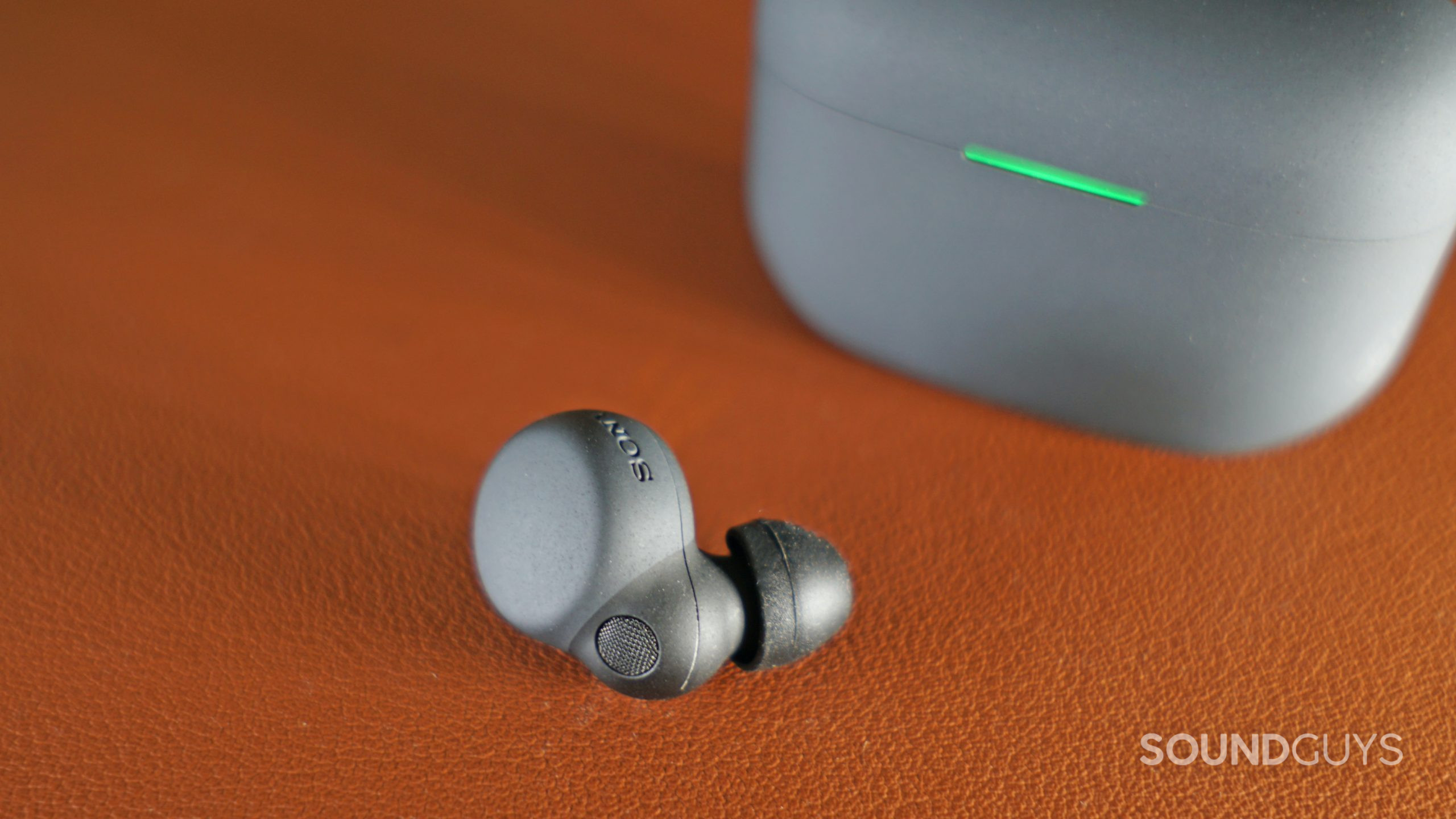
Unlike the LinkBuds, the Sony LinkBuds S features a more typical, anonymous design that seals to your ear. You get the same IPX4 rating as the donut-shaped earphones and access to touch controls. Sony does away with Wide Area Tap on the LinkBuds S, which is too bad since the touch controls are fairly slow to register.
With its more traditional earbud shape, the LinkBuds S boasts stellar active noise cancellation that’s on par with the more expensive WF-1000XM4. Interestingly, the Sony LinkBuds S actually has slightly better ANC when it comes to 100-300Hz frequencies. (Click the charts to expand.)
Microphone quality is nearly identical between the two products. While there are certainly reasons to buy the cheaper LinkBuds, we think most people will prefer the versatility of the LinkBuds S, which supports transparency and mono modes if you want to hear your surroundings.
Sony LinkBuds S microphone sample (Ideal):
Sony LinkBuds S microphone sample (Office):
Sony LinkBuds S microphone sample (Street):
How does the microphone sound to you?
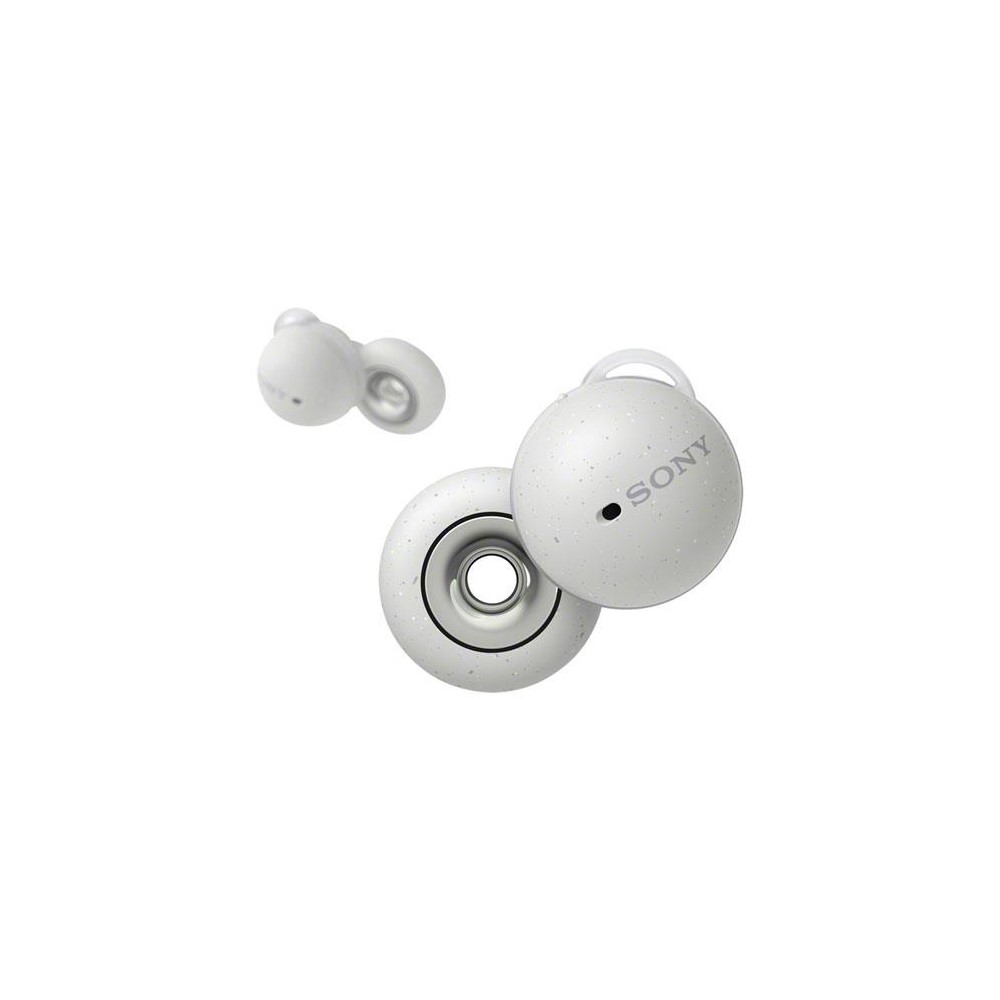
What should you get instead of the Sony LinkBuds?
If you’re dead set on an un-occluded fit, and you’re an iOS user, you probably won’t find a better option than the Apple AirPods (3rd Generation). This generation of AirPods features a lot of the same issues as its predecessors — terrible isolation, terrible Android user experience, and so on — but it also adds additional bass speakers which seriously improve bass response. Auditory masking can make those gains immaterial, but the AirPods (3rd Generation) still sounds considerably better than the LinkBuds, and it’s the same price.
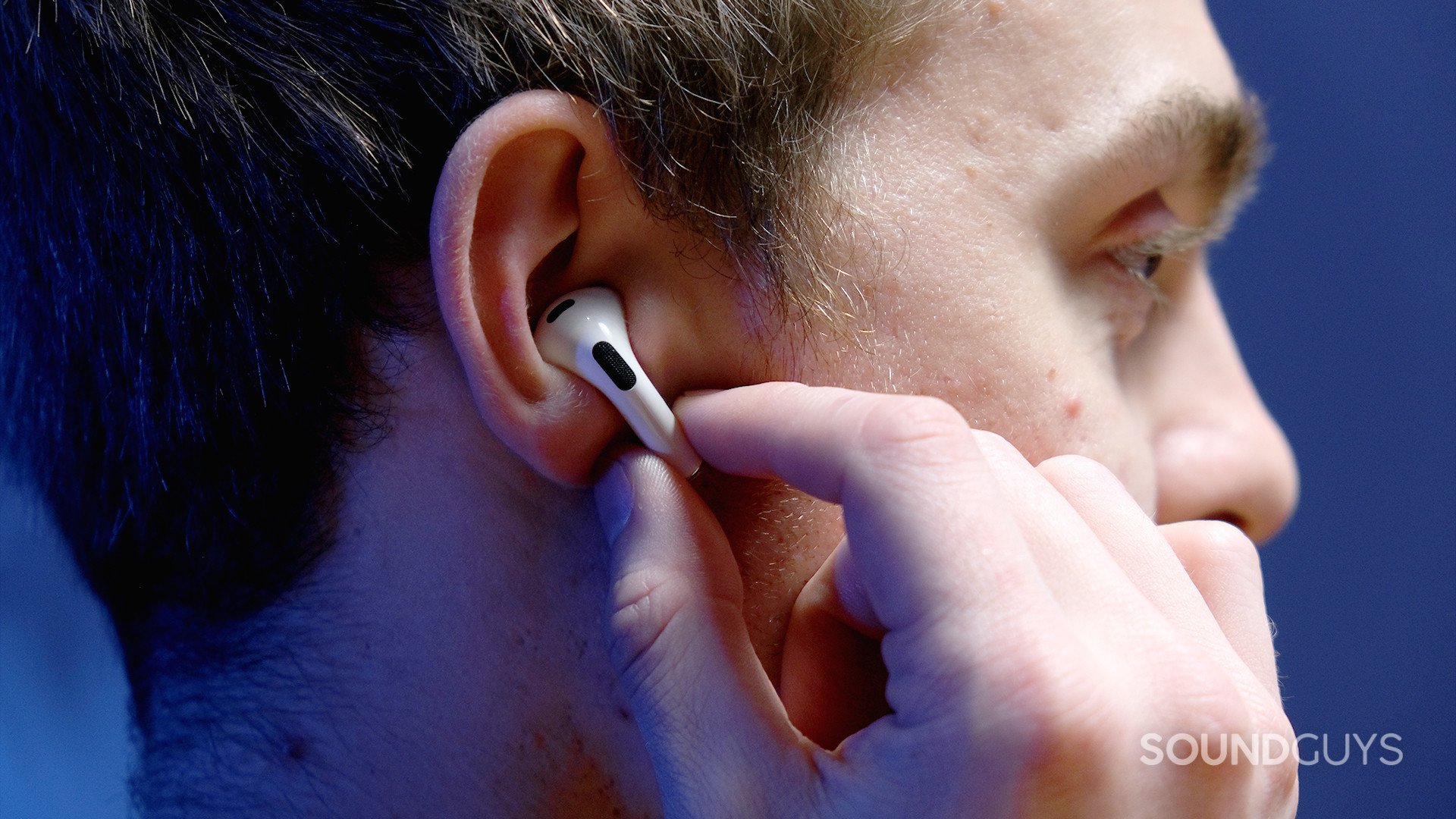
If having an unoccluded fit isn’t important to you, there’s a nigh-endless list of great options to choose from, but here are a few. If you’re on the hunt for a great pair of workout earbuds, the Jabra Elite 7 Active could be just the ticket — it has good sound, a great app, active noise canceling, and a transparency mode for when you want to hear your surroundings, and it’s coated in a grippy rubberized material to keep it nestled securely in your ear. It’s also the same price as the Sony LinkBuds.
The AfterShokz Aeropex is a great alternative to the LinkBuds and costs about $100 USD less. Unlike the LinkBuds, which uses true wireless tech, the Aeropex is a bone-conduction headset that transmits vibrations through your cheekbone so you can hear your media. It sounds a bit scary but the tech has been around for a while and is very safe.
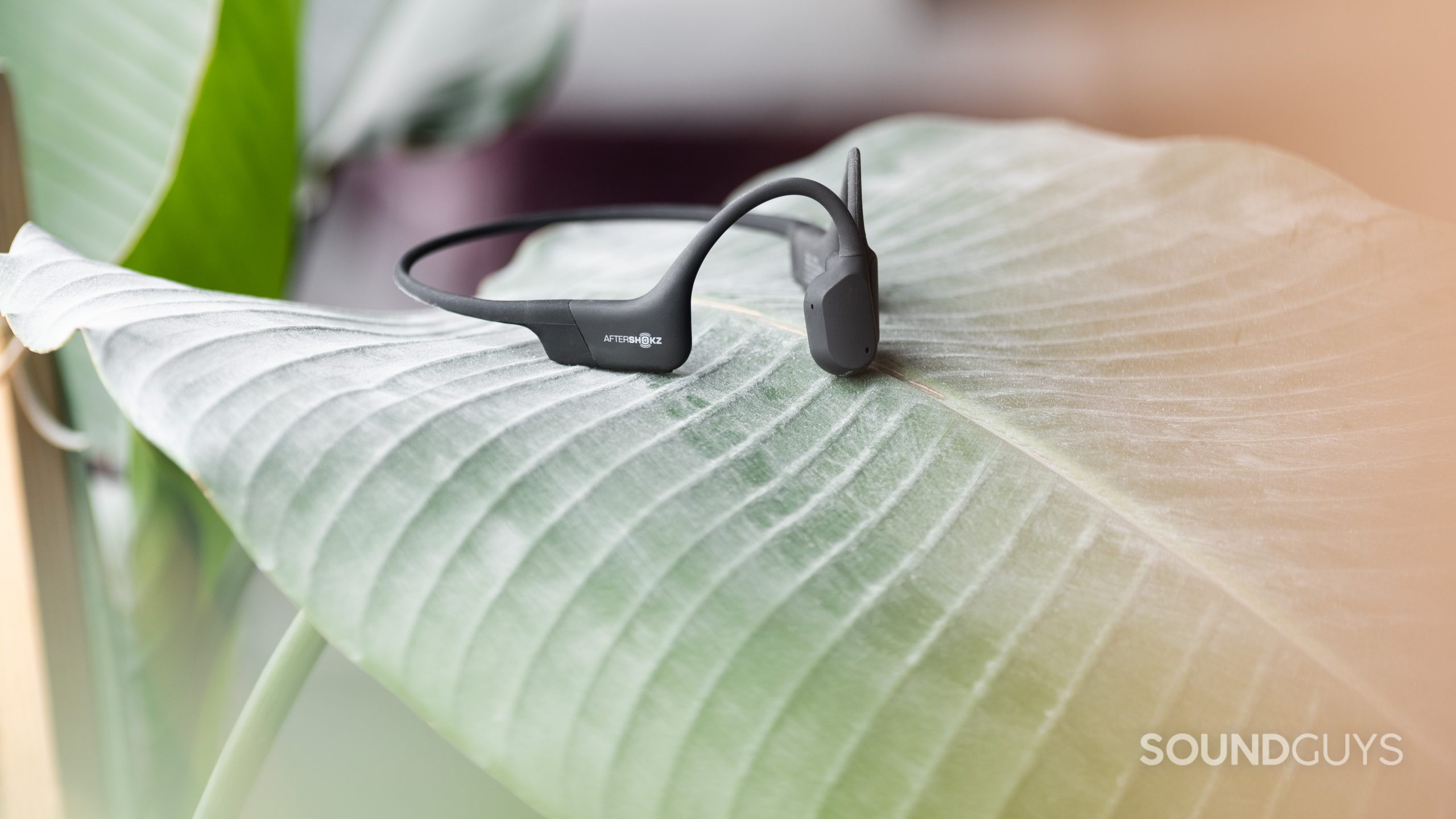
Since the “ear” pieces rest on your cheekbone, your ears are unoccluded when wearing the Aeropex, or any bone conduction headphones for that matter. This leaves you completely aware of your surroundings like the LinkBuds. We like the Aeropex specifically for its durable IP67 rating and flexible neckband-style design.
If you’re on the hunt for good audio, things can trend a little more expensive, but you can find excellent options like the Samsung Galaxy Buds Pro and Apple AirPods Pro for under $200 USD. Additionally, if you don’t mind laying out a decent chunk of change, the Sony WF-1000XM4 features best-in-class noise canceling, support for the high-quality LDAC audio codec, and all the same great software features as the LinkBuds.
Frequently asked questions about the Sony LinkBuds WF-L900
Spotify Tap lets you launch a playlist with a tap of your LinkBuds. You need the Sony Headphones Connect app to configure this and link your Spotify account to your Headphones Connect app.
To wear the Sony LinkBuds, follow these steps.
- Angle the earbud and slide it over your ear canal, so the donut hole is over the entrance of your ear canal.
- Make sure the wing tip is facing the top of your ear.
- Push the silicone wing under your concha.
- The silicone wing should stay in place and should not pop out, nor should the earbud slide around.
- Perform a headshake test. If the earbud stays in place, you’ve found the proper silicone wing.
- Repeat for the other earbud.
Please watch Sony’s instructional video for more information.
Thank you for being part of our community. Read our Comment Policy before posting.